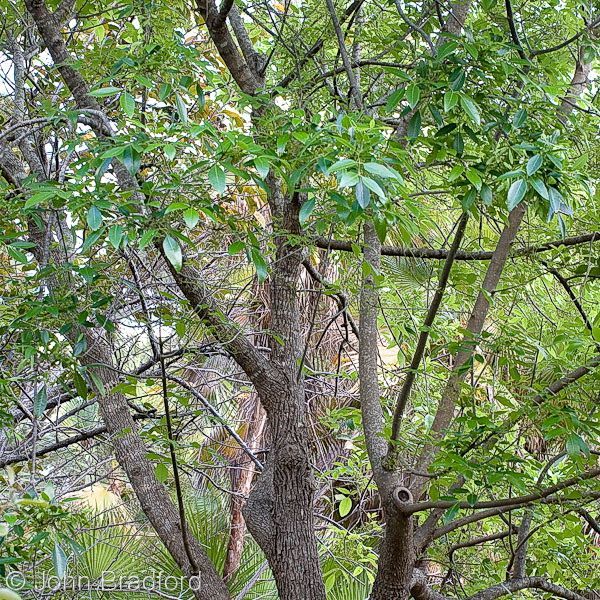FNPS Plant Database
Fraxinus caroliniana
Nomenclature
Common Name:
Synonym(s):
Genus species:
Family:
Oleaceae
Plant Specifics
Form:
Size:
Life Span:
Long-lived perennial
Flower Color:
Fruit Color:
Phenology:
Noted For:
Landscaping
Recommended Uses:
Considerations:
Availability:
Propagation:
Light:
Moisture Tolerance:
Always Flooded---------------------------------Extremely Dry
□□□■■■■■■■■■■■■■■■■■■■■■□□□□□□□□□□□□□□□□□□
Aquatic -to- Somewhat moist, no flooding
Salt Water Flooding Tolerance:
Unknown
Salt Spray/Salty Soil Tolerance:
Low/no tolerance of salty wind or direct salt spray
Soil or Other Substrate:
Sand, Clay, Loam, Organic
Soil pH:
Suitable to Grow In:
8A,8B,9A,9B,10A,10B

USDA zones are based on the average annual extreme minimum winter temperature.
Don't know your zone? Click here to search by zip code.
Ecology
Wildlife:
Larval host for eastern tiger swallowtail ( Papilio glaucus ), mourning cloak ( Nymphalis antiopa ) and viceroy ( Limenitis archippus ).
Rodents and birds consume seed.
Native Habitats:
Natural Range in Florida:
Visit the USF Libraries Atlas of Florida Plants
Comments:
Ethnobotany:
General Comments:
Citations:
https://en.wikipedia.org/wiki/Fraxinus_caroliniana https://plants.ces.ncsu.edu/plants/fraxinus-caroliniana/
Huegel, Craig, N. 2010. Native plant landscaping for Florida wildlife. University Press of Florida, Gainesville, FL.
Nelson, Gil. 2003. Florida's Best Landscape Plants. Association of Florida Native Nurseries.
Wunderlin, R. P., B. F. Hansen, A. R. Franck, and F. B. Essig. 2021. Atlas of Florida Plants ( http://florida.plantatlas.usf.edu/). Institute for Systematic Botany, University of South Florida, Tampa.











